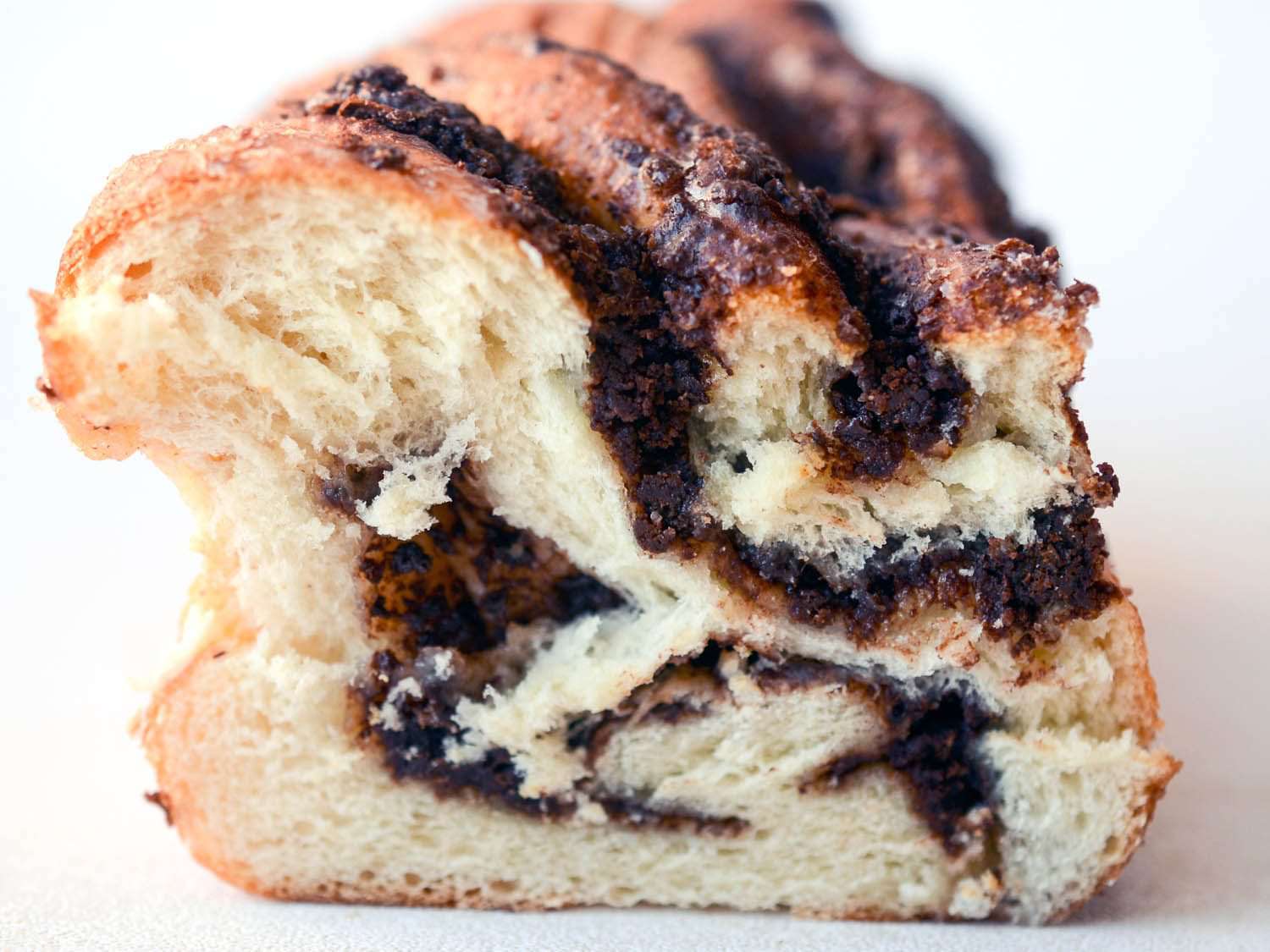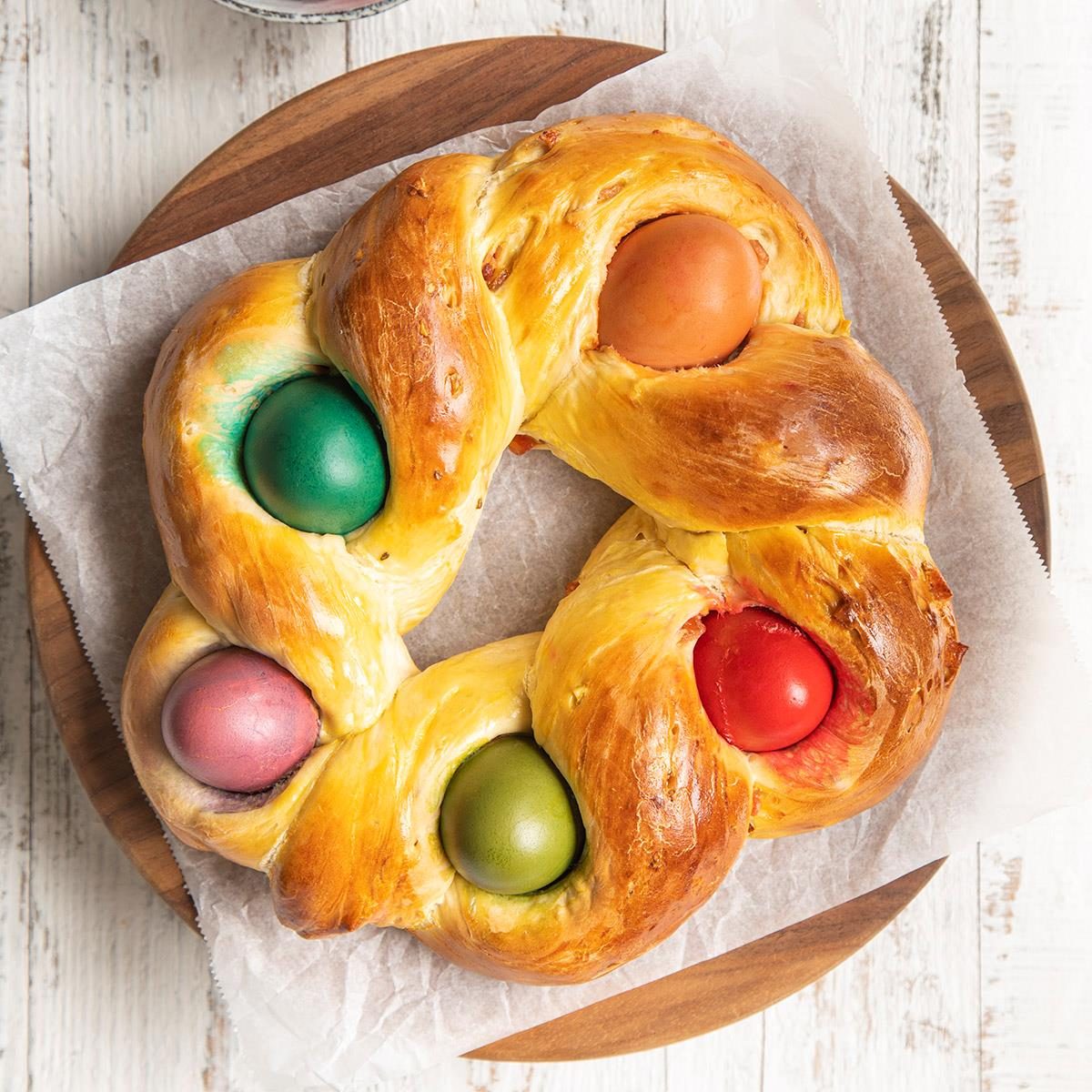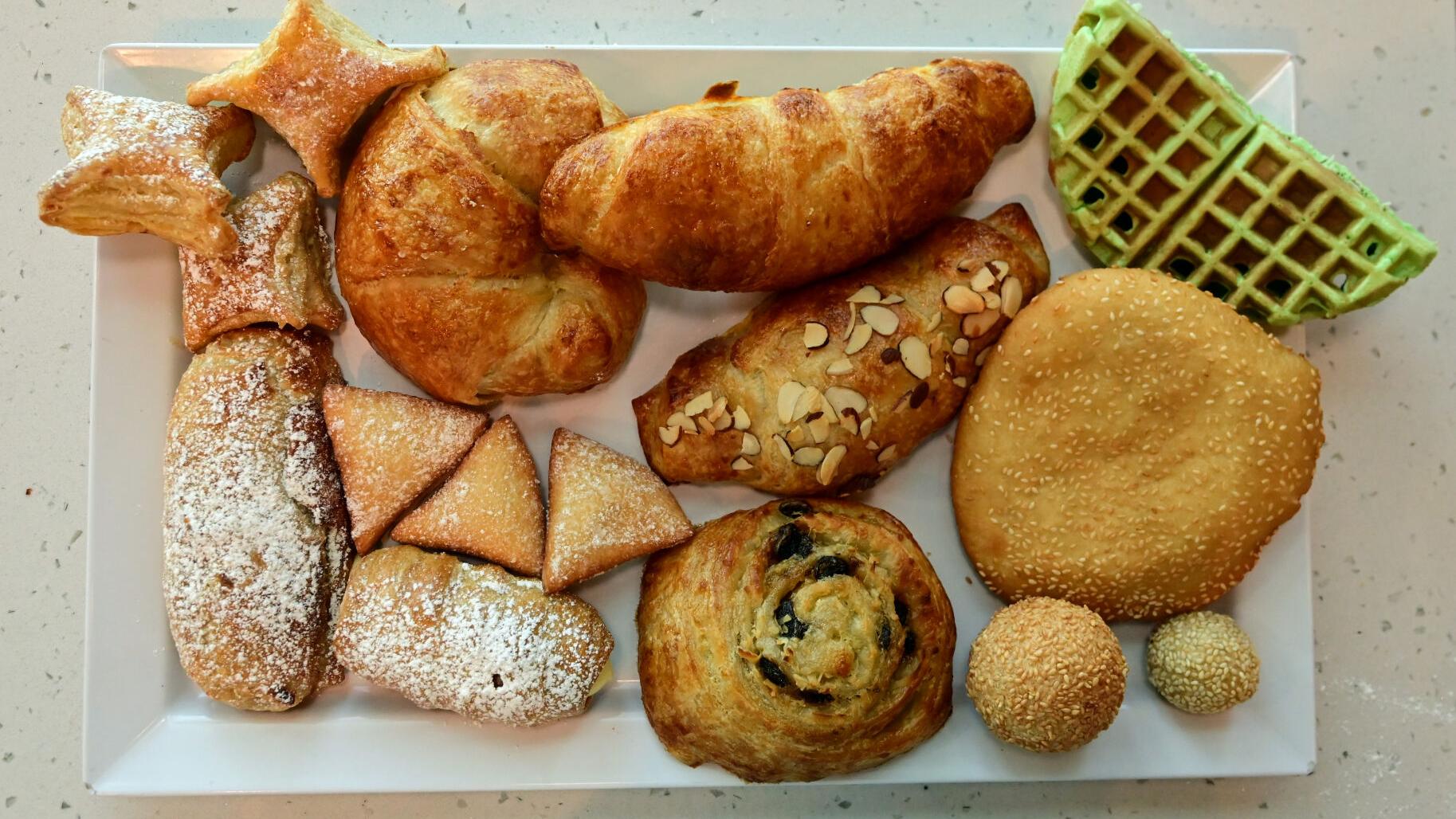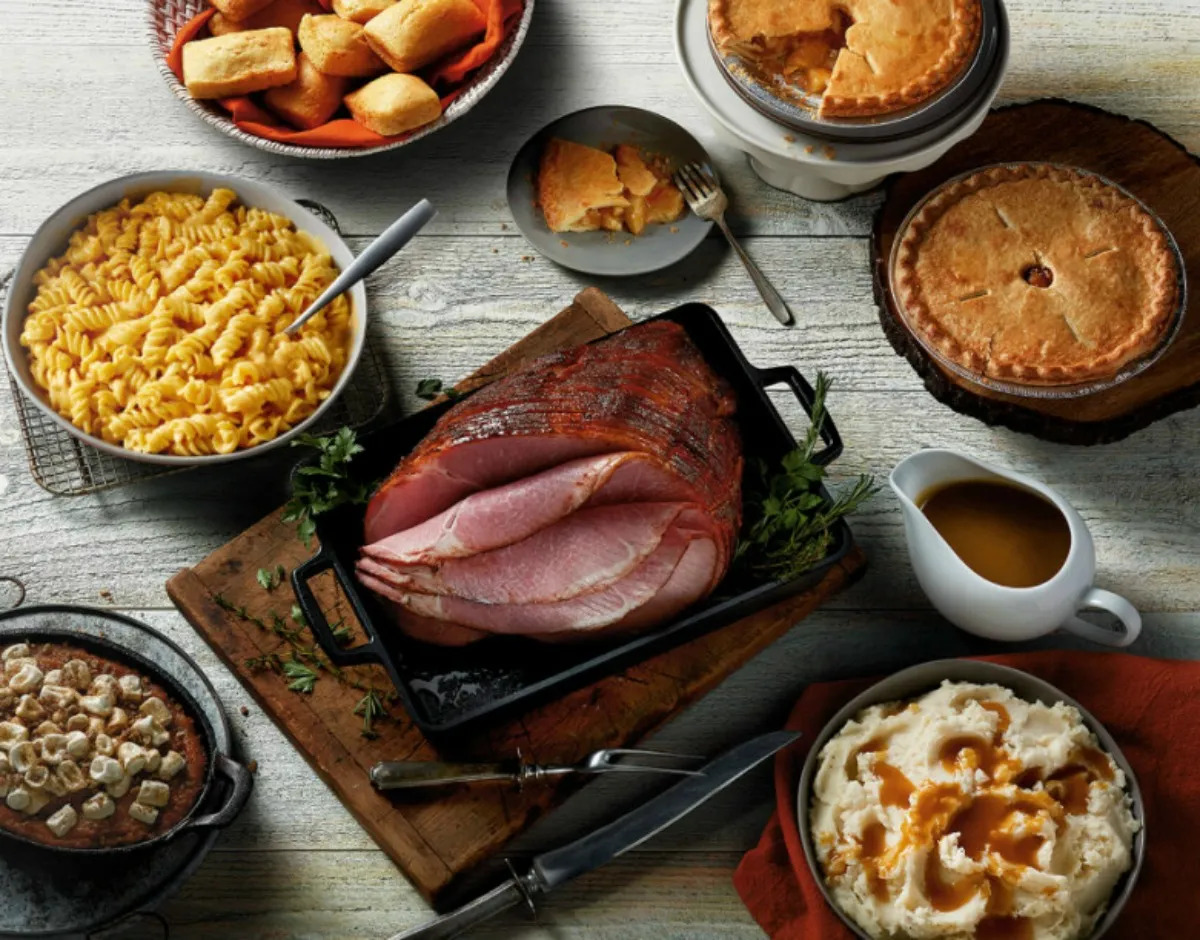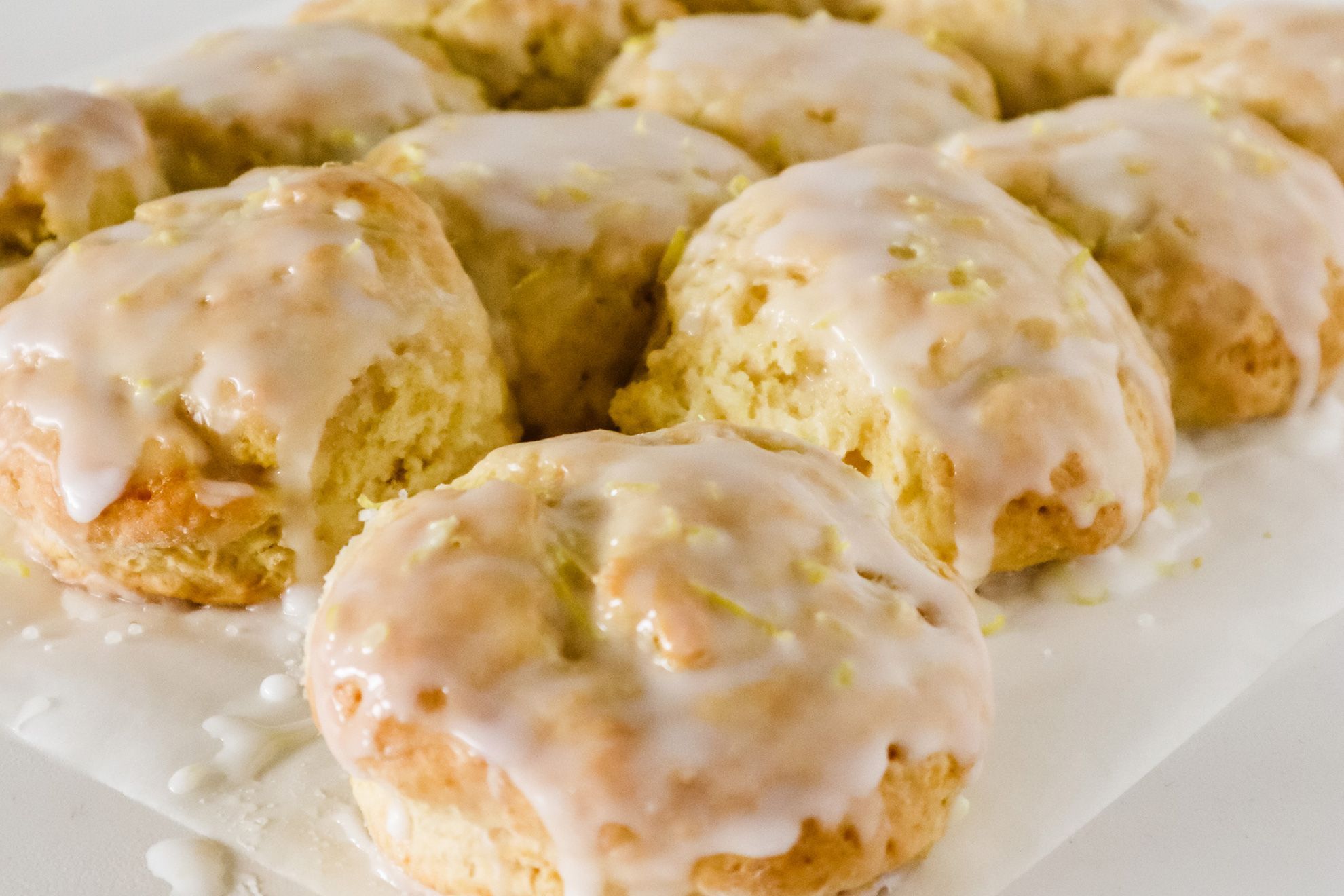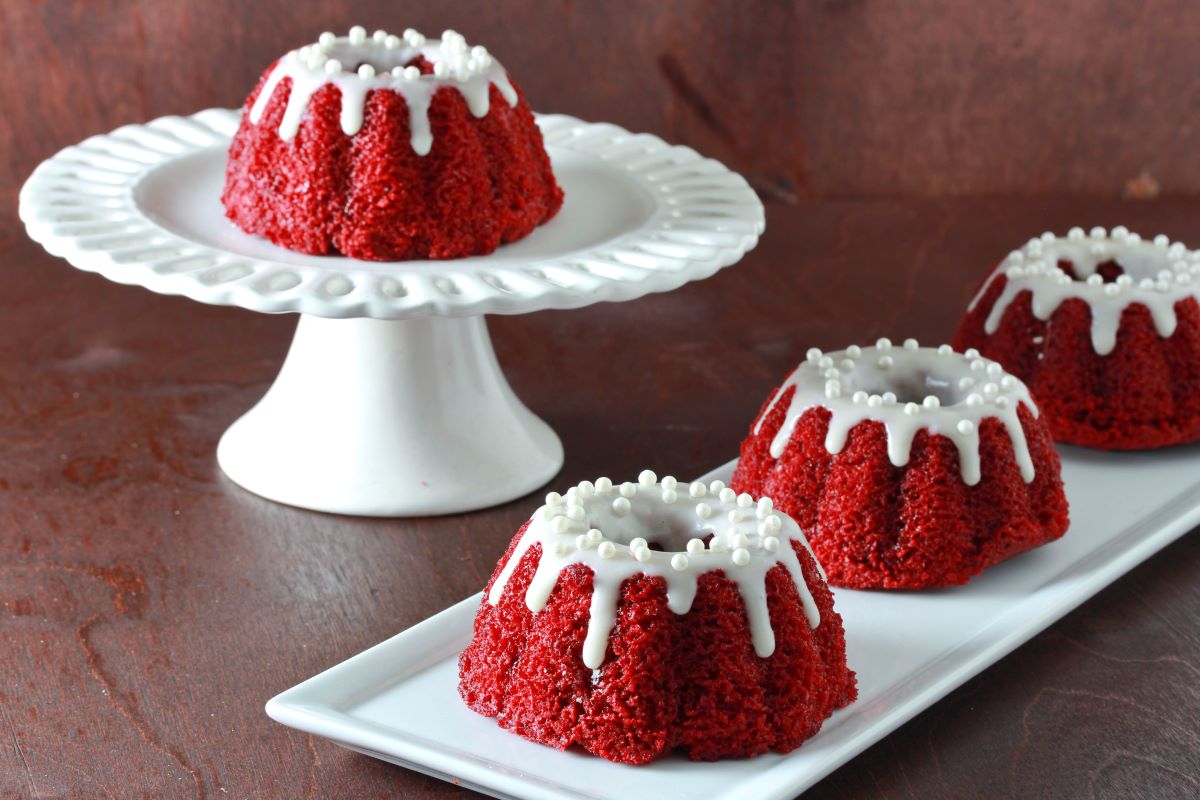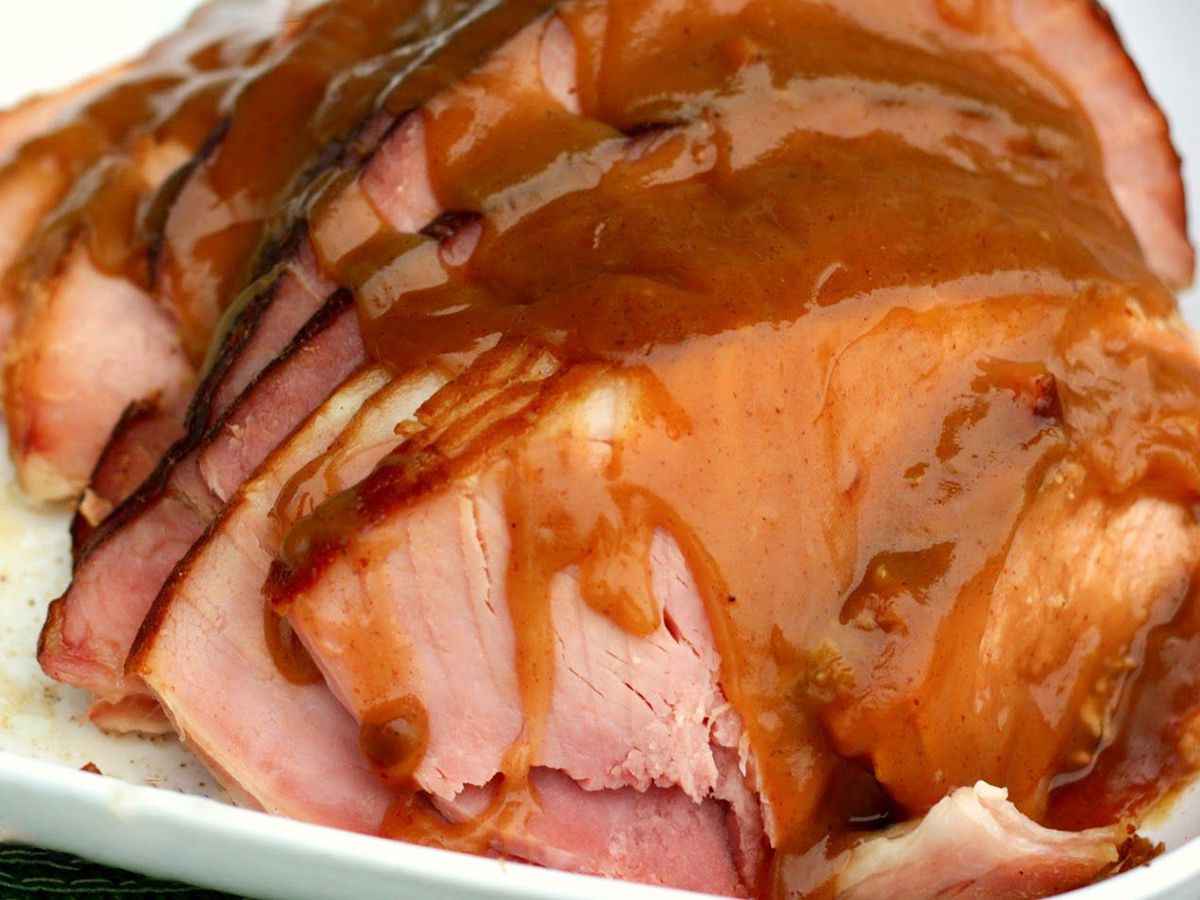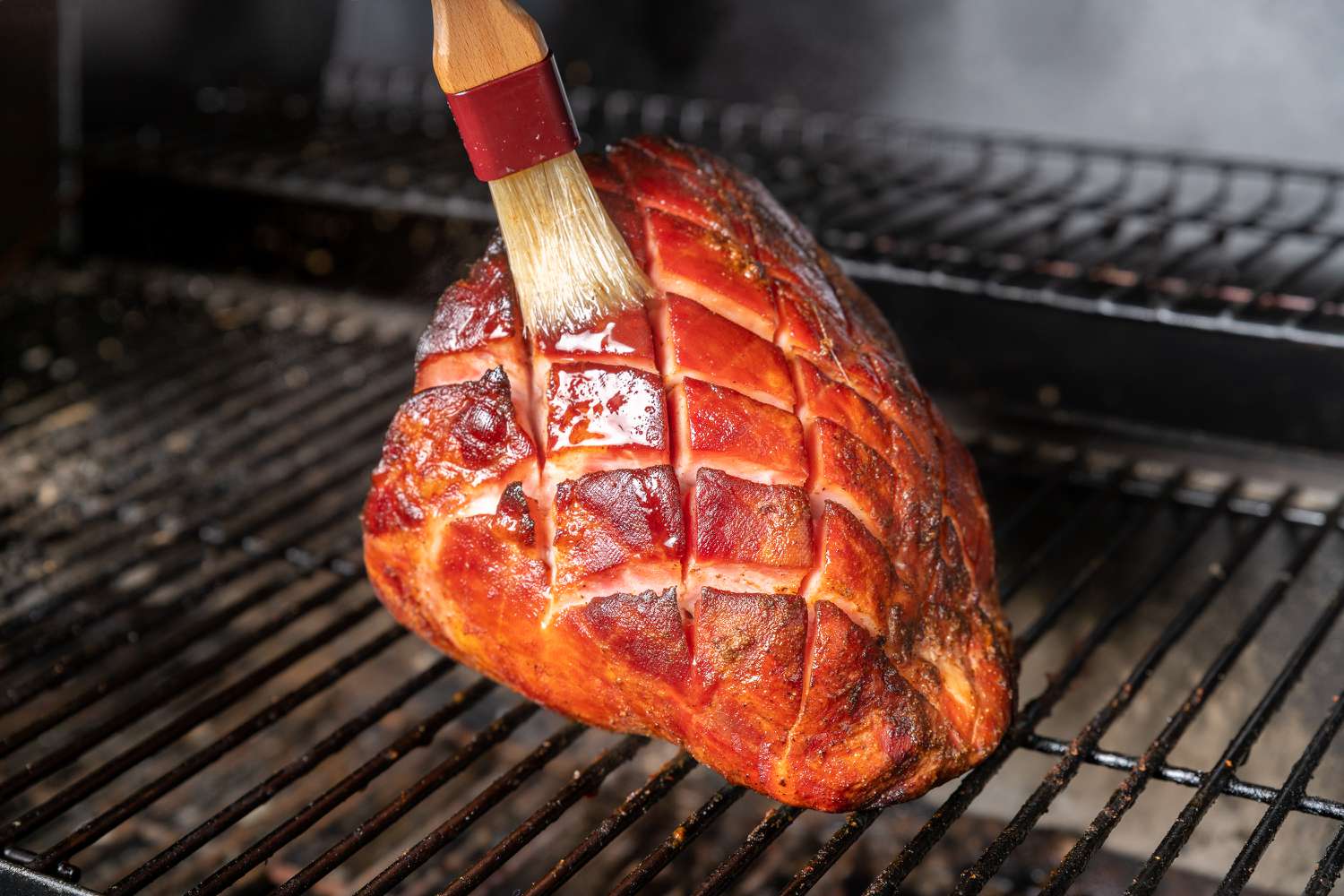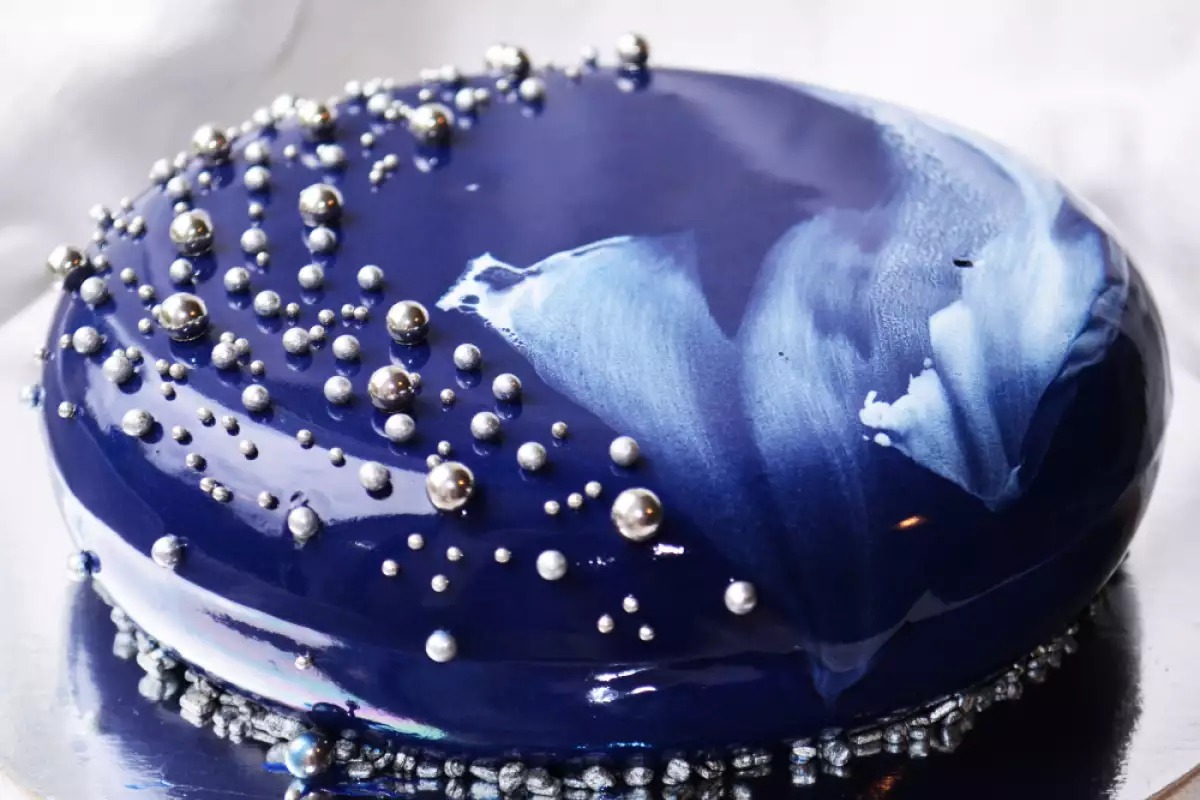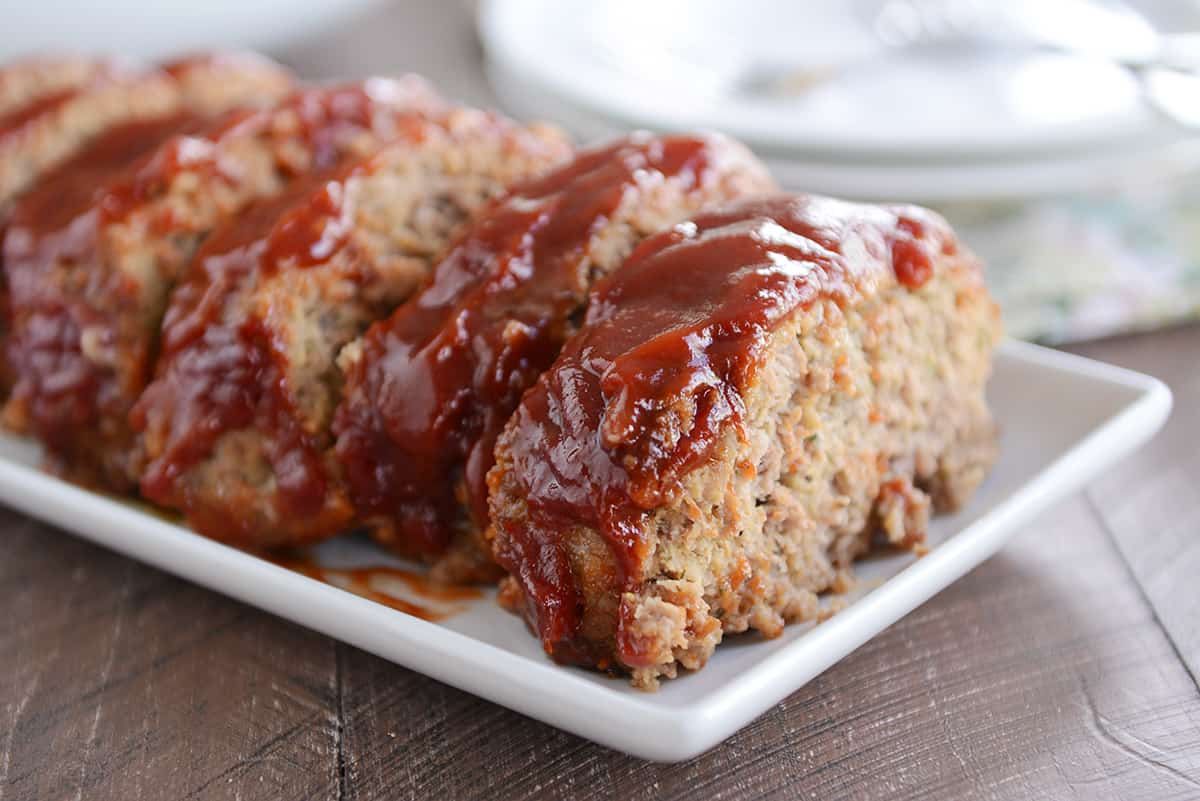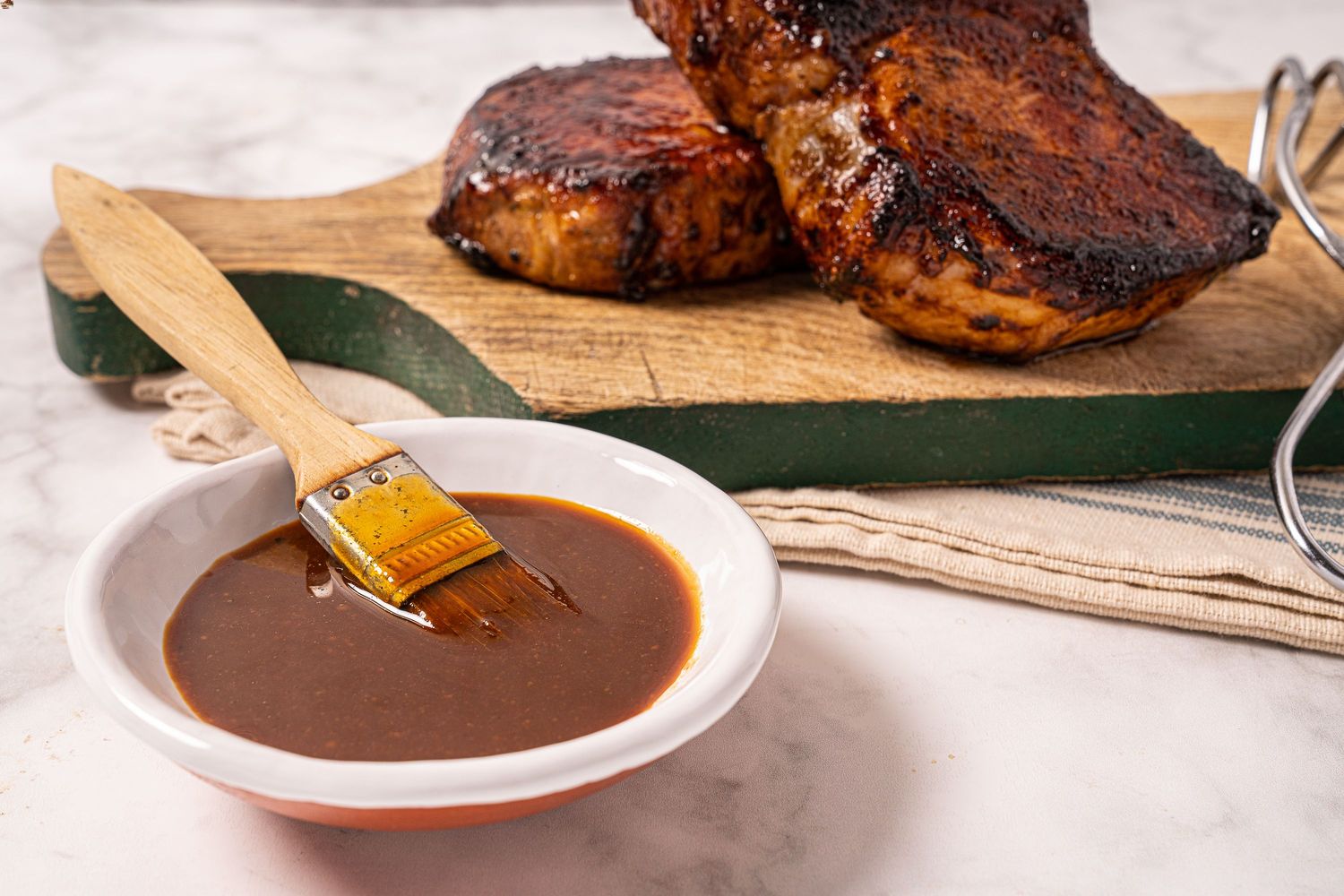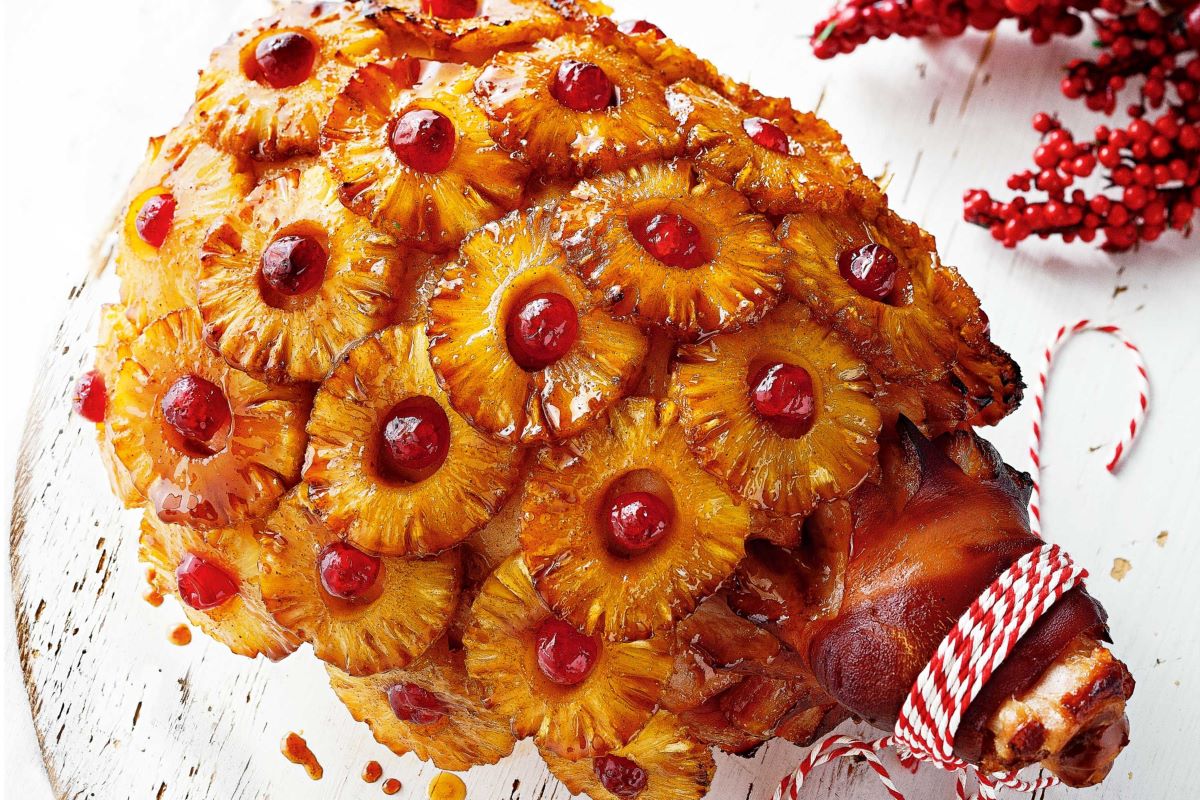Mastering the Art of Glazing a Babka
There’s something truly magical about a perfectly glazed babka. The glossy sheen, the sweet flavor, and the beautiful finish all come together to create a truly irresistible treat. If you’ve ever wondered how to achieve that flawless glaze on your babka, you’ve come to the right place. In this guide, we’ll walk you through the steps to mastering the art of glazing a babka like a pro.
Understanding the Basics
Before we dive into the glazing process, it’s important to understand the basics of what makes a great babka glaze. A good glaze should not only add a touch of sweetness and shine to the babka but also help to seal in moisture and enhance the overall flavor. With that in mind, let’s explore the essential steps to glazing a babka:
Ingredients You’ll Need
Before you begin the glazing process, make sure you have the following ingredients on hand:
- Confectioners’ sugar
- Vanilla extract
- Milk or water
These simple ingredients will come together to create a luscious glaze that will take your babka to the next level.
The Glazing Process
Now that you have your ingredients ready, it’s time to start glazing your babka. Follow these steps for a flawless finish:
- Cool the Babka: Before you even think about glazing, make sure your babka is completely cool. If you attempt to glaze a warm babka, the glaze will simply melt and slide off.
- Prepare the Glaze: In a small bowl, whisk together confectioners’ sugar, a splash of vanilla extract, and enough milk or water to create a smooth, pourable glaze. The consistency should be thick but still able to drizzle easily.
- Apply the Glaze: Once your babka is cool and your glaze is ready, carefully drizzle the glaze over the top of the babka. You can use a spoon or a piping bag to control the flow and create a decorative pattern if desired.
- Let It Set: Allow the glaze to set for at least 15-20 minutes before slicing into the babka. This will give the glaze a chance to firm up and create that beautiful, glossy finish.
Experiment with Flavors
While a classic vanilla glaze is always a winner, don’t be afraid to get creative with your babka glazes. You can add a hint of citrus zest for a refreshing twist, or even incorporate different extracts like almond or orange for a unique flavor profile. The glazing process remains the same, so feel free to let your creativity shine.
Final Thoughts
Glazing a babka is a simple yet crucial step in the baking process. A well-executed glaze can elevate your babka from good to absolutely irresistible. With the right ingredients and a little practice, you’ll soon be glazing babkas like a seasoned pro. So, go ahead and put your newfound glazing skills to the test – your taste buds will thank you!
